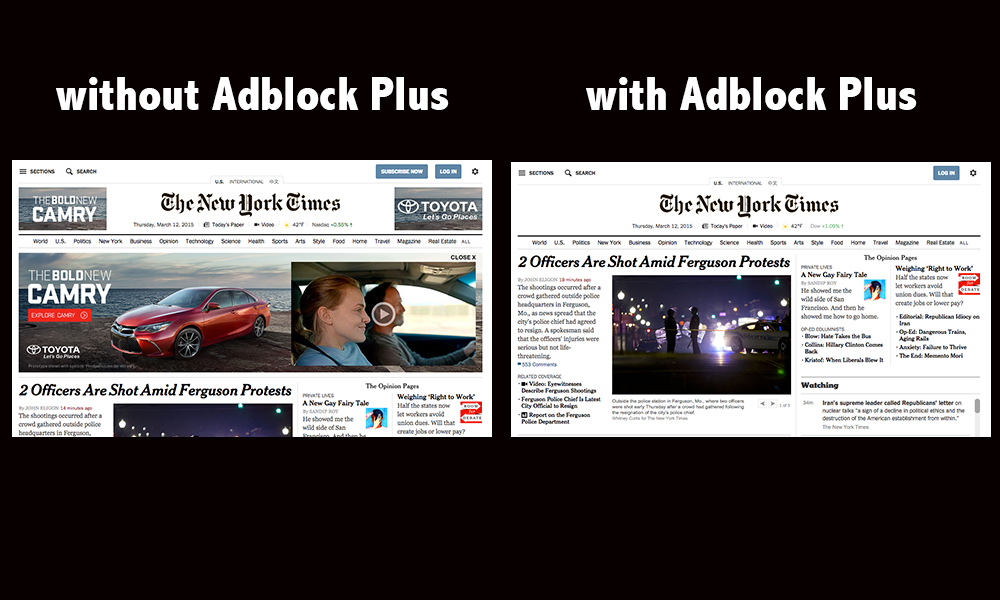You may think you consume a healthy variety of news media. Reading news stories in different papers or websites to get the full story, switching up cable news stations so you don’t become too biased on a subject?
Well, it may be harder than that.
According to one well-known journalist, Ben Bagdikian, only six corporations rule 90% of what we watch, read, and listen to.
Of course this is just an estimate, but it is enough to cause concern and open up a bigger discussion.
Not only are the majority of the news sources we use controlled by the same conglomerates, but within these corporations news companies are often owned by people who have investments in other places.
We can see there is a conflict of interest after billionaire, Sheldon Andelson, secretly bought a newspaper, the Las Vegas Review Journal, that had previously given him bad press coverage. After he repeatedly denied to have bought the paper, saying he had “no personal interest” in it, it was finally revealed that he and his family were the new owners. Since then there have been stories of the chief editor Andelson hired using a pseudonym to write stories that made the billionaire’s scandals sound better. It has also been outed that Andelson told his newspaper employees that they may no longer write about himself or another casino owner billionaire.
If one individual can have that much influence on what facts get out about himself, family, and friends, imagine the impact those six corporations have on news media.
One way they have major impact on the masses is the agenda-setting function of mass media or the agenda-setting theory. Basically it is the idea that the issues that a society cares about is set by the media in the way they portray subjects and how long they spend on the matter.
While media cannot tell you what to think, it can tell you what to think about and what not to think about.
This 1998 Saturday Night Live sketch below, “Conspiracy Theory Rock”, is a satire cartoon about the conglomerates that rule media, including their network NBC and parent company (at the time), General Electric. It is a parody off the educational shorts, Schoolhouse Rock!. Ironically, the sketch was removed from future episode syndications after airing. Creator and producer of SNL, Lorne Michaels said the only reasoning to this was because it “wasn’t funny”.
As a society we must be critical thinkers and never totally trust one source, but this is especially the case for mainstream media. As these companies could be restricting information, redirecting public attention from another issue, and/or pushing propaganda by orders from their owners.
Do not be swayed by these media giants, get your primary sources of news from places that are free of corporate interests and government influence: independent media.






 Millennials often get criticized for not being in touch with the world around them when they are always on their devices, scrolling social media, texting, or playing video games. But by looking at studies done in the past few years, it has been found that young adults may be more connected than what is thought by the older generation.
Millennials often get criticized for not being in touch with the world around them when they are always on their devices, scrolling social media, texting, or playing video games. But by looking at studies done in the past few years, it has been found that young adults may be more connected than what is thought by the older generation.